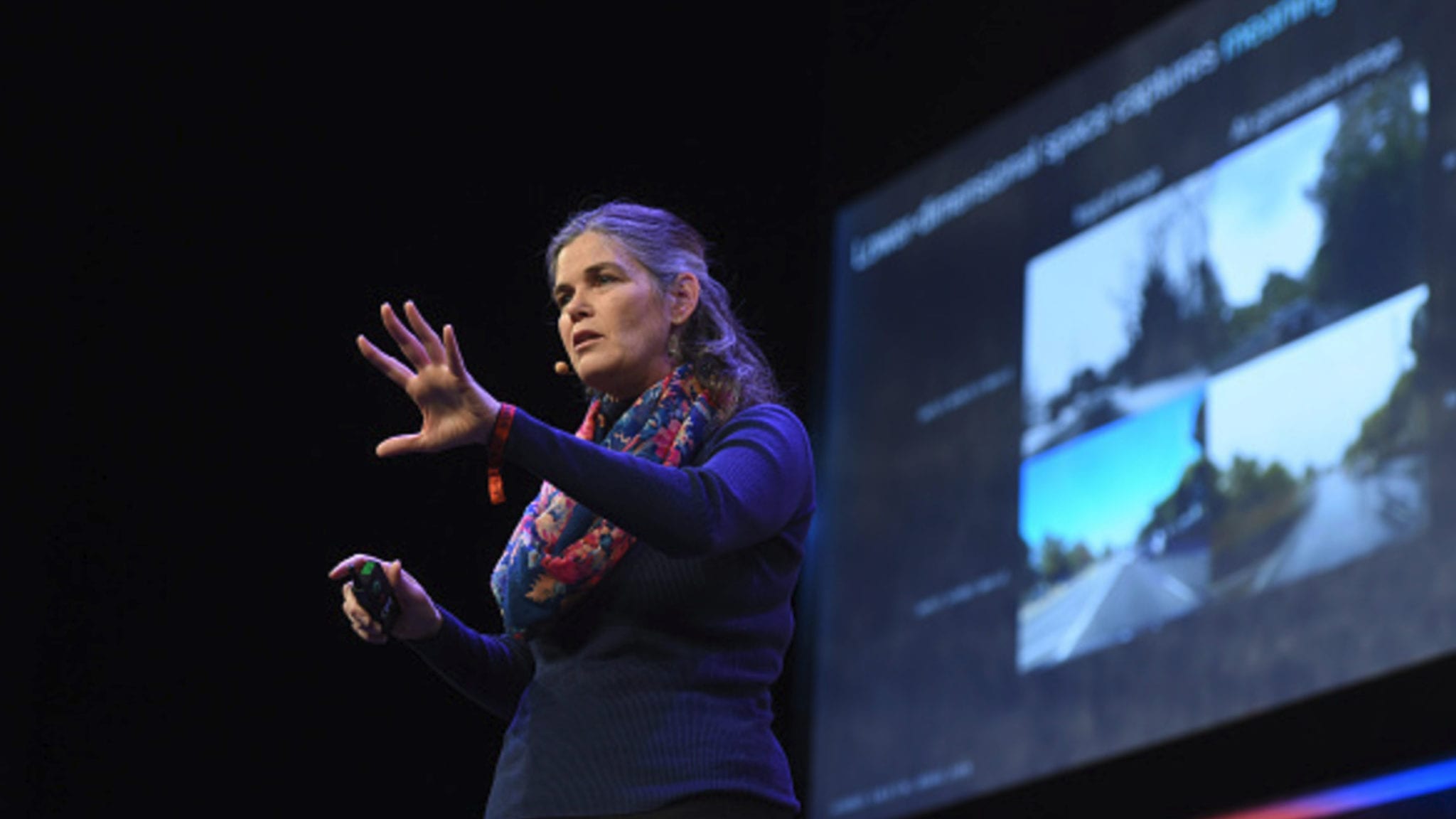
Bristol Myers' Richard Hargreaves pays $70M to launch a neurodegeneration alliance with a star player in the machine learning world
Bristol Myers Squibb is turning to one of the star upstarts in the machine learning world to go back to the drawing board and come up with the disease models needed to find drugs that can work against two of the toughest targets in the neuro world.
Daphne Koller’s well-funded insitro is getting $70 million in cash and near-term milestones to use their machine learning platform to create induced pluripotent stem cell-derived disease models for ALS and frontotemporal dementia.
Unlock this article instantly by becoming a free subscriber.
You’ll get access to free articles each month, plus you can customize what newsletters get delivered to your inbox each week, including breaking news.